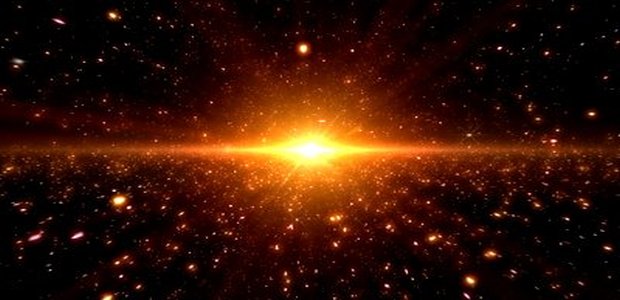The Big Bang Theory has been one of the most important and critically acclaimed theories among the science community since it was first proposed by Georges Lemaitre in 1927. Many great scientists since then have tried to derive their conclusions based on this idea about how the universe was formed. Prior to that too there were many activities involving many scientists and astronomers trying to explore the vastness of space and how it came about in the first place and what existed before the Big Bang.
The year 1924 saw Einstein hard at work in Berlin, happily married to his cousin Elsa. His scientific interests had shifted away from time and gravitation to quantum physics, which was about to occupy the center stage of science for the next decade or so. But in that same year, a discovery was quietly taking place in America that would turn out to have the most profound implications for Einstein’s time. Mount Wilson in California is home to the hundred-inch Hooker telescope. Completed in 1918, it was the largest telescope of the day, and the only one capable of settling a long-running dispute concerning the structure of the universe. The wrangle centered on the nature of those peculiar fuzzy patches of light known as nebulae.
Since antiquity, astronomers had been intrigued by the milky splodges in the sky. In addition to the great sweeping arc of the Milky Way itself, there are three smaller patches of light visible to the unaided eye: the Andromeda nebula, and the two Magellanic clouds, called Large and Small. Telescopes of even moderate size reveal hosts of these nebulae, and they attracted the attention of many astronomers over the years. Nobody knew what they were, but in the eighteenth century, a French astronomer by the name of Charles Messier painstakingly compiled a catalog of them, largely for the purpose of distinguishing nebulae from comets, which were considered to be much more interesting. Brighter nebulae carry the label “M” in Messier’s honor. Andromeda is known as “M31.”
As late as the 1920s, astronomers failed to agree on what the nebulae were. Two theories were current. One held that the Milky Way galaxy, made up of billions of stars including our sun, was the principal cosmic system. According to this view, all the nebulae were either gas clouds or distant clusters of stars that lay within the Milky Way galaxy or just beyond. The opposing theory was that at least some of the nebulae are huge star systems in their own right, similar to the Milky Way, and located at immense distances.
In early 1924, a young American astronomer named Edwin Hubble decided to settle the matter. Tall and somewhat imperious, Hubble had started life as a lawyer but turned to astronomy, where he was to reveal a cosmic law that would be hailed as the discovery of the century. Using the great telescope at Mount Wilson, Hubble patiently scrutinized the nebulae M31 and M33. The power of the hundred-inch instrument was enough to resolve the images of individual stars in these nebulae. Hubble was soon able to find a distinctive type of variable star familiar to astronomers from our own galaxy. This star gave him a way to estimate the distance to M31, the Andromeda nebula. The answer came out to be about a million light-years.
There could no longer be any doubt: Andromeda lay well beyond the edge of the Milky Way galaxy and was clearly an entirely separate galaxy in its own right, comparable in size and shape to our own. Hubble went on to identify other familiar stars in Andromeda. Astronomers rapidly accepted that the universe was vastly larger than they had previously thought, with other galaxies scattered through space as far as telescopic observations would permit.
-end-


































